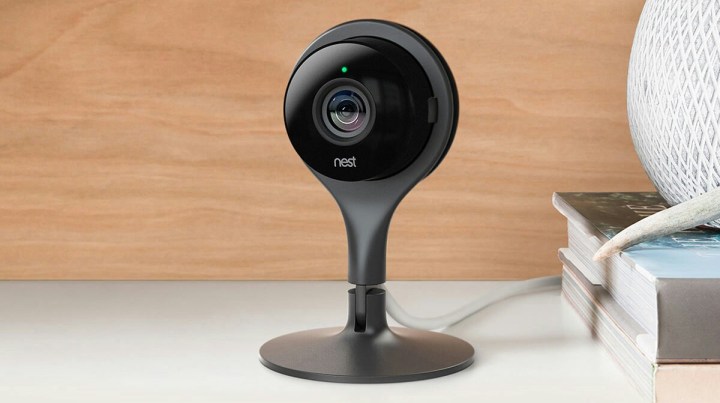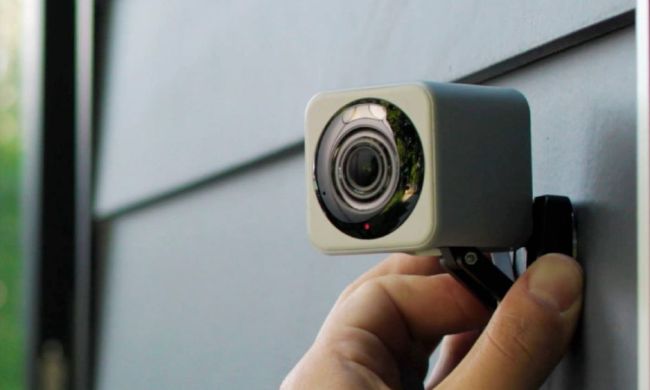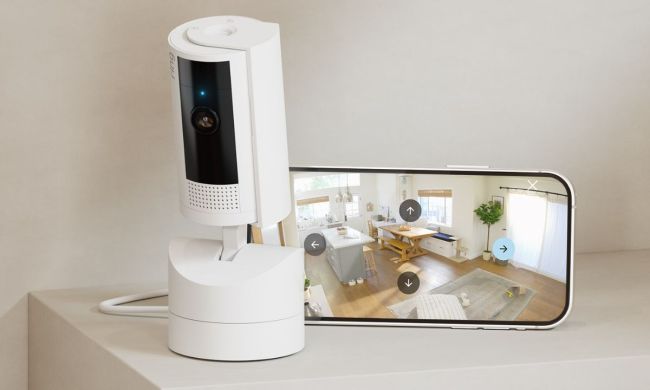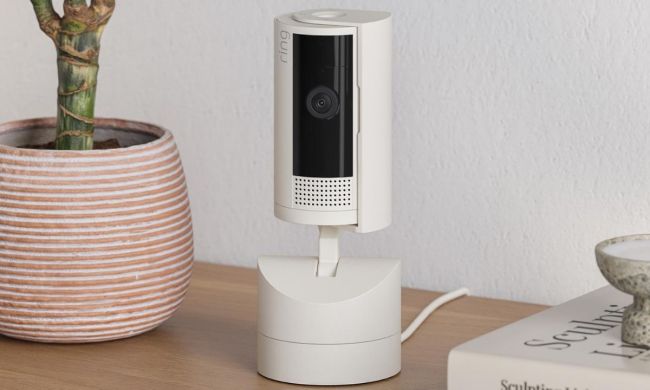These days, you can buy a home security camera for less than $100. These devices are becoming more and more common as a way to ward off porch pirates and generally protect personal property. But what happens when the cameras that owners use for security pose a security risk to the owner?
You may have heard stories of home security cameras being hacked recently. A California family experienced a troubling incident when a hacker warned them through their Nest camera of a false North Korean missile attack on the United States. In another incident, a hacker took control of a Nest camera and told the owner’s Amazon Alexa device to begin playing Justin Bieber’s version of “Despacito” while the owner, bewildered, tried to figure out what was going on. The hacks prompted Nest to issue a statement telling customers to change their passwords.
While the most recent incidents involved Nest cameras, any device can be infiltrated by hackers. A Calgary, Alberta based group claimed they hacked into as many as ten security cameras and communicated with the people on the other ends of the feeds.
How does this happen? There are a few different ways someone can breach your home security camera. Most cameras use apps or sites online where the customer can view a live video feed of their home or communicate with the camera if the device has two-way audio. If someone has the password to your account, they have access to your camera feed, audio features, and more. Other ways you can get hacked is through your Wi-Fi network, malware attacks, or if your security camera company experiences a breach.
It sounds a bit disturbing — the thought that someone could be watching you through your security camera without your knowledge. Fortunately, there are things you can do to greatly reduce your risk of having your security camera hacked. Here are a few tips to help lower your chances.
1. Change. Your. Password.

Although company breaches do happen, home security camera hacks are often the result of poor management on the part of the user. One of the biggest things you can do to prevent home security camera hacks is to educate yourself about malware, password security, and Wi-Fi network security. And for the love of God, change your password. Frequently.
Here are a few tips:
- Do you ever give your Wi-Fi password to friends, neighbors, or guests who visit your home? Instead, create a “guest” network.
- Change your Wi-Fi password every few months, and use random and unique passwords that would be difficult to breach through brute force attacks.
- Avoid using the same password across different accounts. Is your security camera password the same as your email, Facebook, or online banking password? If so, you’re greatly increasing your risk of a security breach. For your security camera (and all of your accounts, really), use a password that’s different from the one you use for any other account. Of course, avoid any personal info in your password, like birthdays, kids’ names, anniversaries, etc. Your password should be completely random.
- Use two-factor authentication to further secure your account if it’s available.
- Consider using a reputable and secure password manager. These programs provide unique and secure individual passwords for each of your accounts, while also storing your passwords with high security protocol in place to protect them.
2. Buy from sources you trust

It might be tempting to buy a $10 security camera from an auction site, or to buy a cheap used security camera. But, this isn’t necessarily the best idea. Buy a new camera from a well-known retailer.
Even when you’re buying a new product, make sure you’re familiar with the company that will be managing the corresponding application for your camera. Check out reviews for the app, see if the company has had a serious problem with security breaches in the past, and if so, what they’ve done to correct that problem.
Don’t think of a security camera as a one-and-done transaction where you buy the camera, and then your transaction is complete. Think of it like a cell phone, where the service provider matters just as much as the device.
3. Perform firmware updates

Don’t ignore those firmware updates, as they are designed to fix problems. Some of the problems the update is designed to fix may very well be related to security.
Don’t know if there’s a firmware update available? Check the camera’s app, and look under sections like “device,” “settings,” or “about” to see if a firmware update is available. Most camera manufacturers will also tell you information about the most recent firmware update on their website, as well as how to install it.
And did we say change your password? Change your password.


